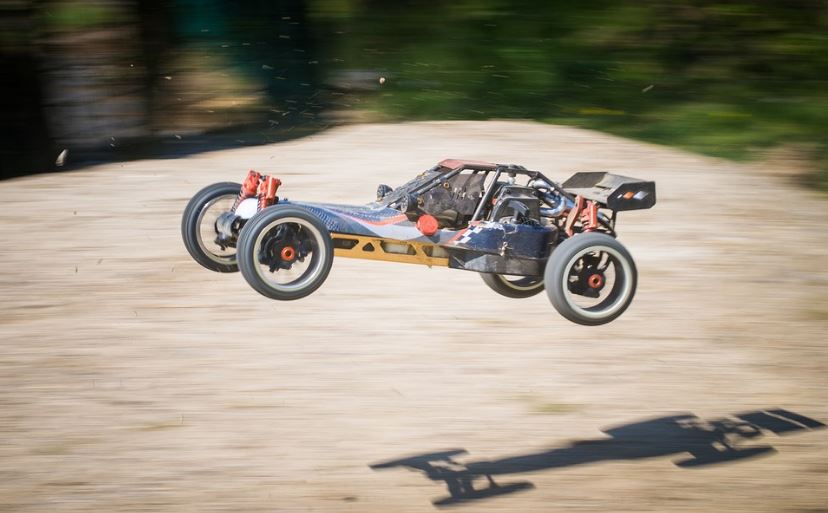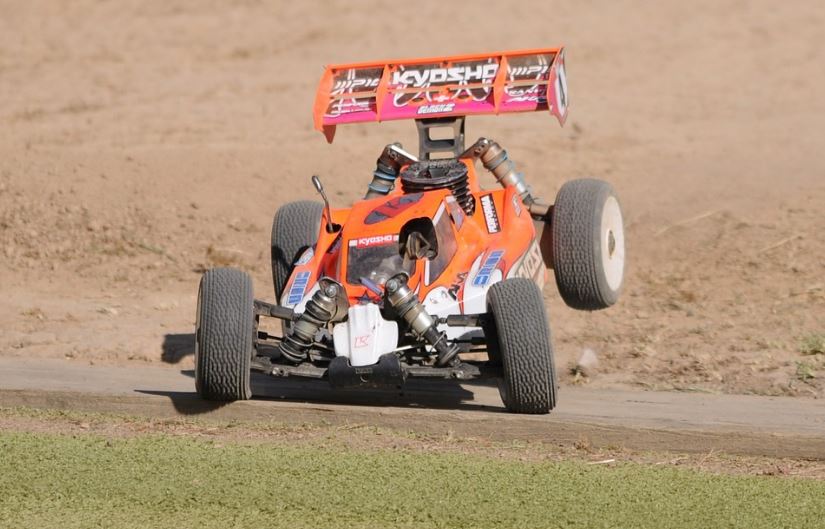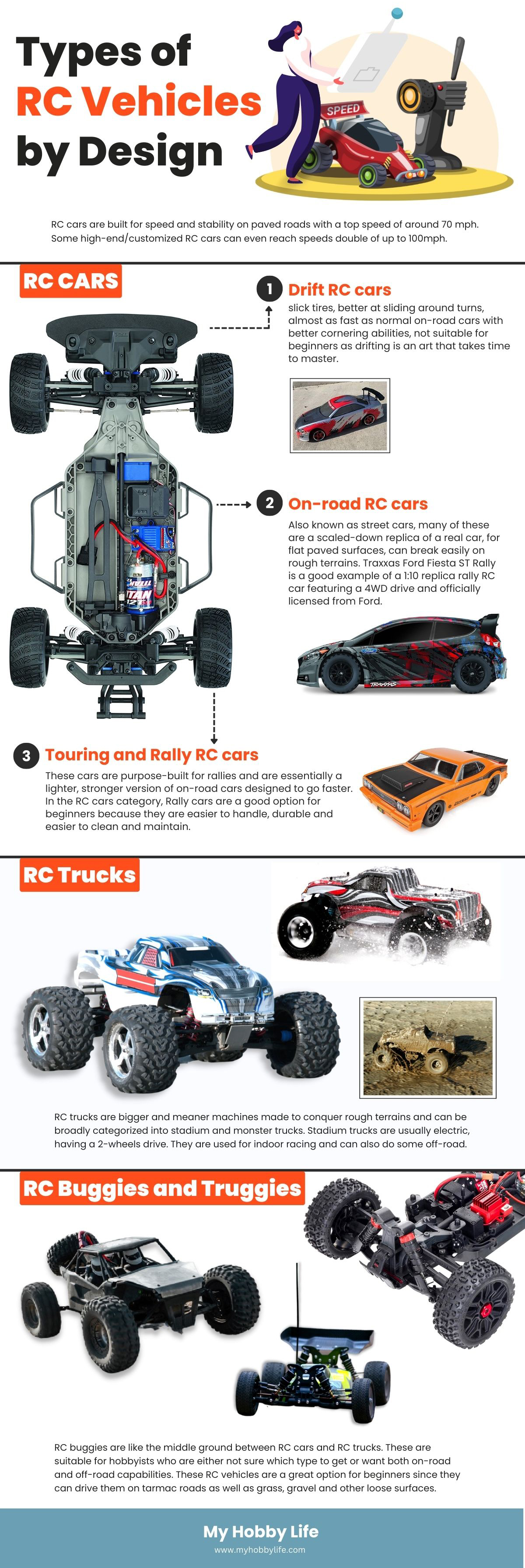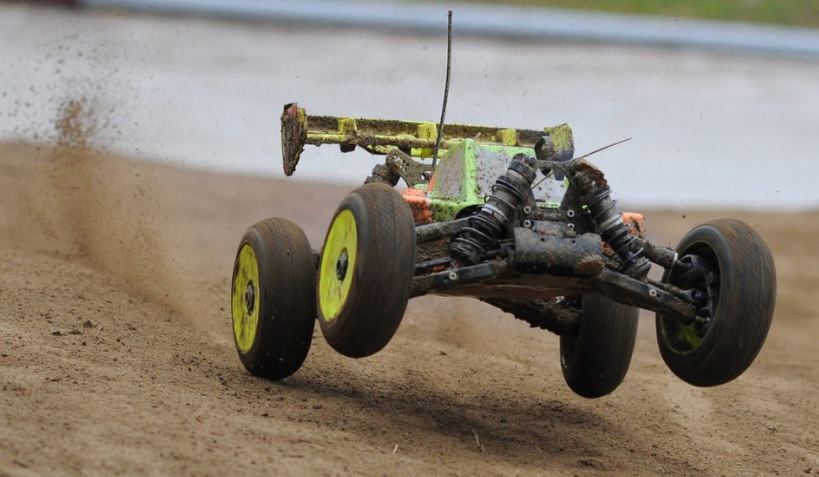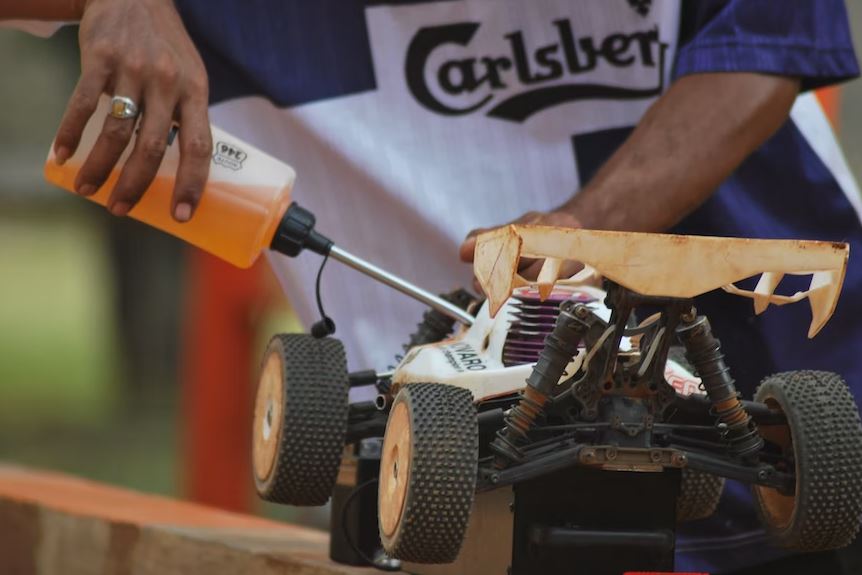While RC racing is not an unusual hobby, many people have taken up the sport in recent years. Prior to now, RC racing was only considered a hobby for children, but there are now RC contests with adult participants. These RC races for adults feature highly customized and upgraded RC cars, although there are some racers who use stock RC cars with already durable and reliable components. Here are some RC racing advice for beginners if you want to get into this enjoyable and exciting hobby.
Choose the Right RC Car for the Race
Racing RC cars is one of the most thrilling activities for RC car enthusiasts. New drivers may find their first time on the track to be intimidating and nerve-wracking. When you first begin RC car racing, you may have many queries about what it is, how it is done, what it entails, what you must do, and what you must have. To make things easier and less intimidating for you, we have created a simple guide explaining how to get started with RC car racing.
1. Check the rules of the race to know what types of RC cars are allowed
RC car racing adheres to the same decorum as auto car racing. Before the race begins, all RC vehicles will be subjected to a rigorous quality inspection. In addition, the vehicles will be inspected for any boosts or other methods of cheating.
Find an Appropriate Race – RC vehicle racing is a relatively modern sport. Therefore, searching for the appropriate events may be somewhat frustrating. It is difficult for novice RC car racers to locate a suitable event due to the limited number of competitions available worldwide.
Application for Participation – Each event has a unique application process for participation. However, almost every event requires you to follow specific rules and submit a registration form.
Requirements to Participate – Here are some fundamental rules for RC car races.
- Your control’s radio frequency must comply with the race’s specifications.
- Your car must have a front windshield, a black number with a white outline, and a minimum height of 1.25 inches. • Your car’s category and class must meet the event’s specifications.
- The appropriate batteries and motor for a novice are a 7.4 V lipo battery and a 17 or stock motor.
2. Choose the most popular RC racing models
When you first enter the realm of RC cars, it can be intimidating to choose which vehicle to purchase. To provide exhaustive information regarding the various varieties of RC cars. Here are a few of the most popular models.
Touring RC Car
Touring car is a type of on-road vehicle that can drive on concrete, asphalt, or carpet. Touring cars typically have four wheels and an independent suspension consisting of a lower arm and an upper control arm. Typically, the touring automobile is 1:10 scale. The 4WD system is designed for effortless drifting without vehicle damage. The chassis is designed to operate on a flat surface and is suitable for easy acceleration. However, it cannot traverse off-road terrain such as grass, sand dunes, or gravels; it can only operate on a horizontal surface.
RC Buggy
Typically, the touring automobile is 1:10 scale. The 4WD system is designed for effortless drifting without vehicle damage. The chassis is designed to operate on a flat surface and is suitable for easy acceleration. However, it cannot traverse off-road terrain such as grass, sand dunes, or gravels; it can only operate on a horizontal surface.
Short Course RC Truck
These automobiles feature shorter shock absorbers than buggy automobiles and four axles. The wheels are safeguarded by fenders and the vehicle’s body. In addition to being able to operate on the road, these trucks can manage nearly all off-road conditions. The short course vehicles are also an excellent customization option. Therefore, if you are searching for a customizable off-road truck, you can consider these automobiles.
RC Monster Truck
This truck is one of the most common and popular varieties of radio-controlled vehicles due to its high power, wild and cool appearance, and tremendous punch. Therefore, the monster vehicle requires high-quality, high-energy-density, and high-discharge-rate lipo batteries. The 2S 5000mAh capacity is ideal for this type of vehicle. In addition, its four wheels are significantly larger than those of other vehicles and are located outside of the bumpers. Monster trucks are the typical off-road vehicle, able to traverse grass, soil, sand dunes, and mud puddles. You can play anywhere, including your own backyard. Stand inverted? Dirt jumping? No problem. Monster truck can effortlessly perform all of these incredible stunts.
RC Crawler
The remote-controlled crawlers are a variant of the available off-road vehicles. These vehicles are slower than other RC vehicles, but they can manage the most difficult off-road conditions. On uneven surfaces, mountains, gravel, and other difficult terrains, no one would consider using an RC car.
Know the Basic RC Racing Techniques
1. Understanding the race track
Whether you are preparing for your first race or your 500th, it can be intimidating to race on a new track. It is therefore recommended to examine the racetrack in advance. Are there any hills or other obstacles that you must look out for? What about the terrain? Is it composed of soil, gravel, sand, or asphalt? How will this affect your performance? Learning the diversions, turns, and curves that may prove challenging will assist you in developing a comprehensive game plan so that there are no surprises.
2. Mastering the basics of throttle and steering control
A throttle steer is the technique of directing the rear end of a vehicle with the throttle instead of the steering column. This is typically used in rear-wheel-drive vehicles due to the ability to modulate the throttle accelerator to control how much the rear tires are gripping or slipping. It necessitates delicacy in the application of throttle pressure adjustments.
Vision is essential for effective throttle steering. Consider the future and where you intend to go. If your vision is too close, your body will react to every twitch of the vehicle, making it much more difficult to maintain smooth inputs. By looking further ahead, your body gains a more accurate perception of the car’s attitude and trajectory, enabling it to respond more smoothly and appropriately.
Finding the sweet point between sliding and forward momentum is the essence of throttle steer. Drive using only the pedals, not the steering column.
3. Braking and accelerating techniques
In terms of realistic, technical racing, braking is just as essential as acceleration, if not more so. Poor deceleration can significantly impact lap times. In contrast, proper braking technique will enable you to navigate corners without incident and be ready to hit the gas as soon as feasible.
Braking is significantly more effective when performed in a straight path, reducing speed much more quickly than braking during turns. If you attempt to brake during a sharp turn, you will effectively divide the tire’s potential traction between turning and braking.
Acceleration and cornering do not often interact well. Acceleration’s effect on cornering is extremely dependent on the vehicle’s drivetrain. By accelerating during a turn, you effectively divide the tire’s potential traction between acceleration and rotating.
How you modulate acceleration should be directly proportional to steering effort. In a perfect racing line, minor understeer that draws the car away from the apex and to the outside of the corner caused by acceleration out of the turn is acceptable. Utilize the entire width of the track to maintain the straightest line possible when accelerating out of a turn.
4. Racing lines and cornering
The racing line is the path that a racing driver takes to take corners as quickly as feasible. By using every bit of room on the track, cars can go in a straighter, faster line before their tires lose their grip. Mastering the ability to determine the optimal course is crucial for both track days and racing events.
Once the most efficient route through the turn has been determined, it is time to execute the turn as quickly as feasible. For this, you need a good understanding of your vehicle’s limits, some time to become familiar with the track, and a combination of car-control techniques.
Your cornering speed depends on a multitude of factors, including your experience, the control of your vehicle, and the conditions of the track. For instance, a turn with advantageous camber can significantly increase the maximum sustained speed. It’s important not to try to guess how fast you should go around corners. Instead, you should slowly speed up from lap to lap until you reach the limit of grip.
Preparing for the Race
1. Set up the car to your preferred setup
Most contemporary RC-cars feature some degree of adjustability. While the setup options on a standard RTR car may be limited, there are typically optional parts available that allow for even more customization.
Before making changes to your car’s configuration, it’s always a good idea to record the current settings so you can revert to them if the modifications cause the vehicle to perform poorly. It is also important to note that the car should be in excellent condition before anything else. Arms must be free to move, bearings must spin readily, etc. For you to be able to perceive how your adjustments affect the vehicle, its mechanical components must be in proper functioning order.
You must also ensure that your tires are in good condition and appropriate for the surface you are driving on. Tires will always be the most crucial aspect of a vehicle’s configuration.
2. Do some practice runs to ensure that the RC car is running perfectly
Gain confidence behind the wheel. After several training sessions, you will feel as if you are seated in the driver’s seat and have complete control of the vehicle. However, this will occur over time. Do not force events; you will acquire complete control of the vehicle. Ensure that you confidently turn to the right when you need to drive to the right, rather than turning the steering wheel in a haphazard manner until you locate the correct direction.
3. Fine-tune the RC car if there are minor issues
Before the start of the contest, thoroughly inspect your vehicle for any technical flaws. Is your battery fully charged and operational? Does the link between your vehicle and its controller function? Is the relationship solid? In addition to testing for electrical issues, ensure that your RC car has no loose parts and that the brakes are functioning properly.
Conclusion
RC racing is highly competitive at the club, national, and international levels. Even if you’re doing this activity for fun, you always strive to finish faster than the previous period. Tips on RC racing are essential if you wish to excel in this activity.
Improving RC vehicle driving skills is a top priority for most beginners, but it can be difficult and challenging. We hope that our RC racing advice have been useful and will improve your performance in the future. When you are ready to operate your RC car, ensure that everything is in order and that you have the necessary equipment. Keep your calm and remember that this hobby should be enjoyable; excessive competition can ruin everything.
